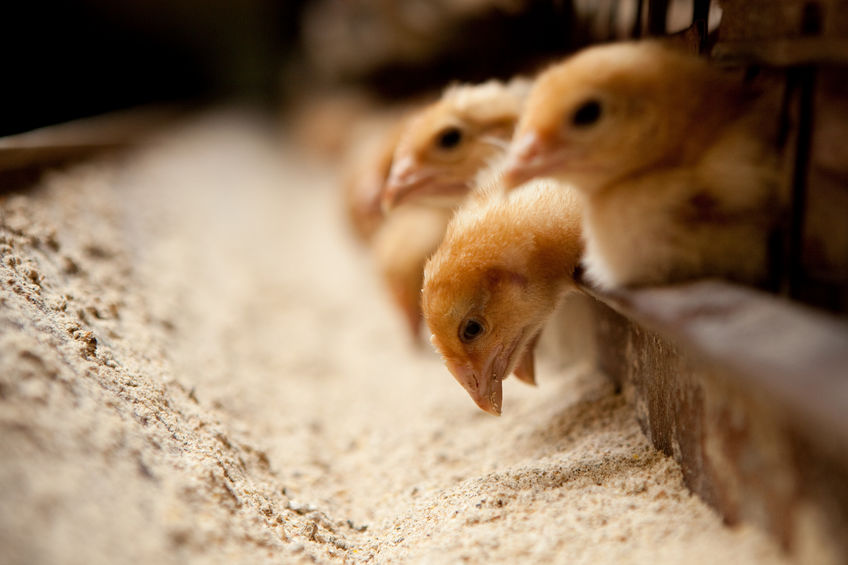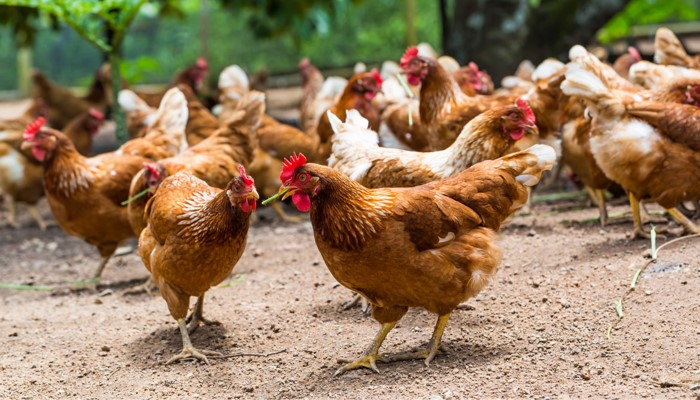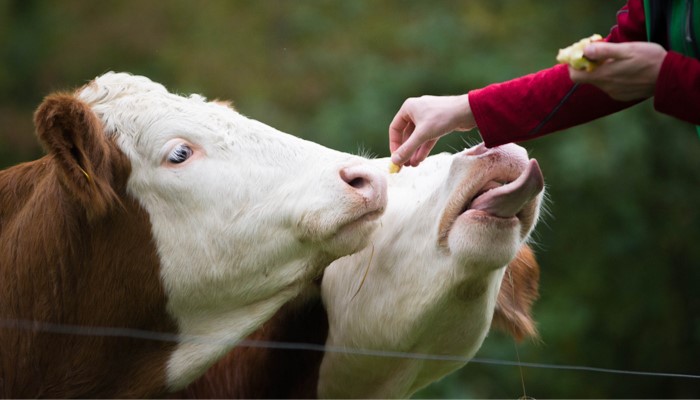Livestock are very sensitive to the smell and taste of feed, which are the primary factors for optimal feed consumption. As performance depends on a good feed consumption, functional flavourings are a major tool for farmers to secure the feed consumption.

Functional flavourings
[Animaux d’Elevage] Attraction & AppétenceFUNCTIONAL FLAVORINGS
Functional flavourings are composed of olfactory molecules. They are volatile molecules that disperse in the air so that the feed”smells” and the animal perceives them. The flavouring must therefore remain long enough in the feed to stay effective between the manufacture of the feed and its consumption by the animals. This is called persistence.
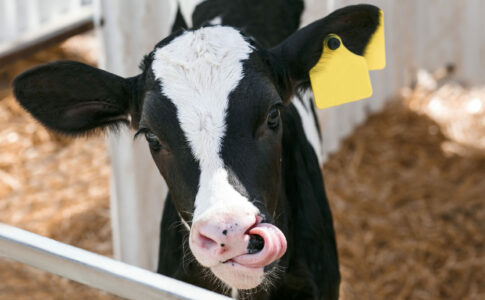
WHY USE FUNCTIONAL FLAVOURINGS IN ANIMAL FEED?
Animal feed professionals have identified the nutritional needs of livestock very well. Their expertise allows for optimized feed formulation, adapted choice of raw materials and precise work on the physical aspect of the feed.
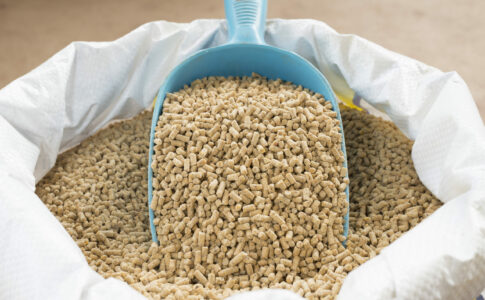
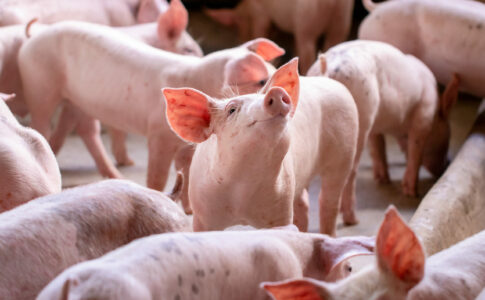
However, the quality of raw materials, their cost and their availability fluctuate and sometimes lead to changes in formulation with at least repercussions on the sensory profile of the feed. Animals have a sensory and hedonic relationship with their feed. They are sensitive to variations in taste and smell, and are also neophobic (fear of novelty). This induces a decrease in consumption when a new feed or a feed with a different sensory profile arrives.
FUNCTIONAL FLAVOURINGS ARE ESSENTIAL
Their role is to smooth out these odor and taste variations to ensure a regular feed intake, including during weaning and feed transition periods.
Functional flavourings, thanks to their aromatic cores resulting from Phodé’s research work, secure feed consumption and make animals loyal to the feed. They enable a regular and optimal feed consumption, guarantee of:

GOOD HEALTH

performance
THE ELABORATION OF “FUNCTIONAL FLAVOURINGS”:
A COMPLEX KNOW-HOW
Due to its volatile composition, a functional flavouring is fragile and feed manufacturing processes can be harsh (heat treatment, pressure, …). There are different situations, which require adapted technologies to ensure that a flavouring meets the specific needs for which it was developed. Developing a flavouring adapted to the feed according to its manufacturing constraints, the targeted animal species and physiological stages, or the necessary persistence, requires a high level of expertise and an in-depth knowledge of the sensory molecules, their associations and concentrations.
WHY ARE TASTE AND SMELL SO IMPORTANT TO ANIMALS?
The smell of the feed is the first contact between the animal and its feed. Then comes the physical aspect of the feed and quickly followed by the taste. A cow has more than 20,000 taste buds in its mouth and an olfactory epithelium of about 100 cm², which allow it to detect odors and tastes very well. The same is true for pigs and ruminants in general. These animals are much better equipped and more gifted than humans, and therefore are much more sensitive to variations in odors and tastes.

DISCOVER OUR ARTICLES
FEED ADDITIVES: CAN WE REALLY DO WITHOUT THEM?
The development of the use of feed additives is closely linked to the industrialisation of animal production. The increasing specialisation of production units and economic…
AVIAN FLU, POULTRY CONFINED!
Each episode of bird flu in Europe reminds us that France is the country of the open air! In poultry production, 38% of layers, 17% of poultry…
LIVESTOCK AND PLEASURE FROM EATING: ANTHROPOMORPHISM OR REALITY?
Do livestock take pleasure from eating? Is this just a fad, linked to anthropomorphism and the social notion of eating? Can the pleasure of eating


